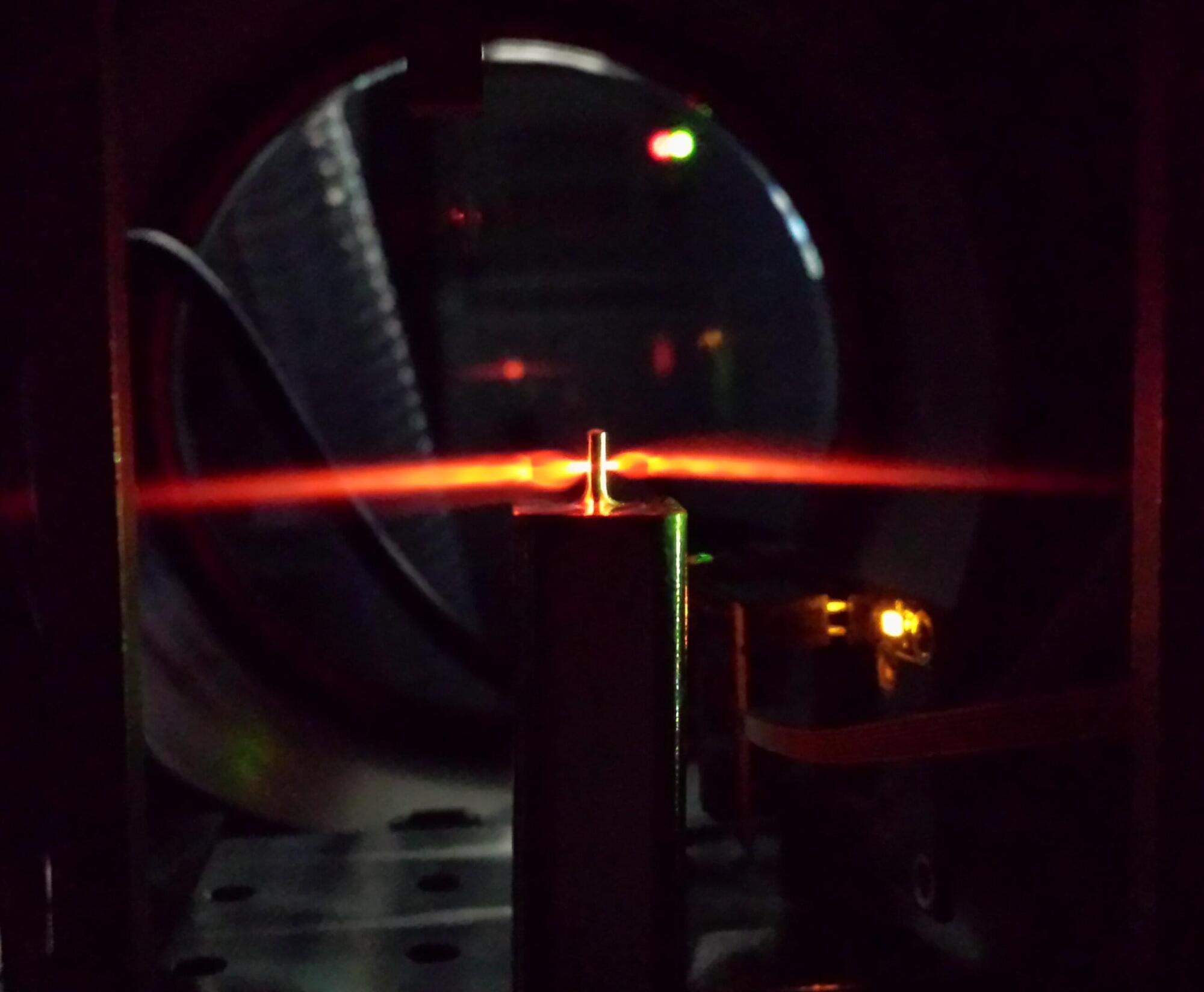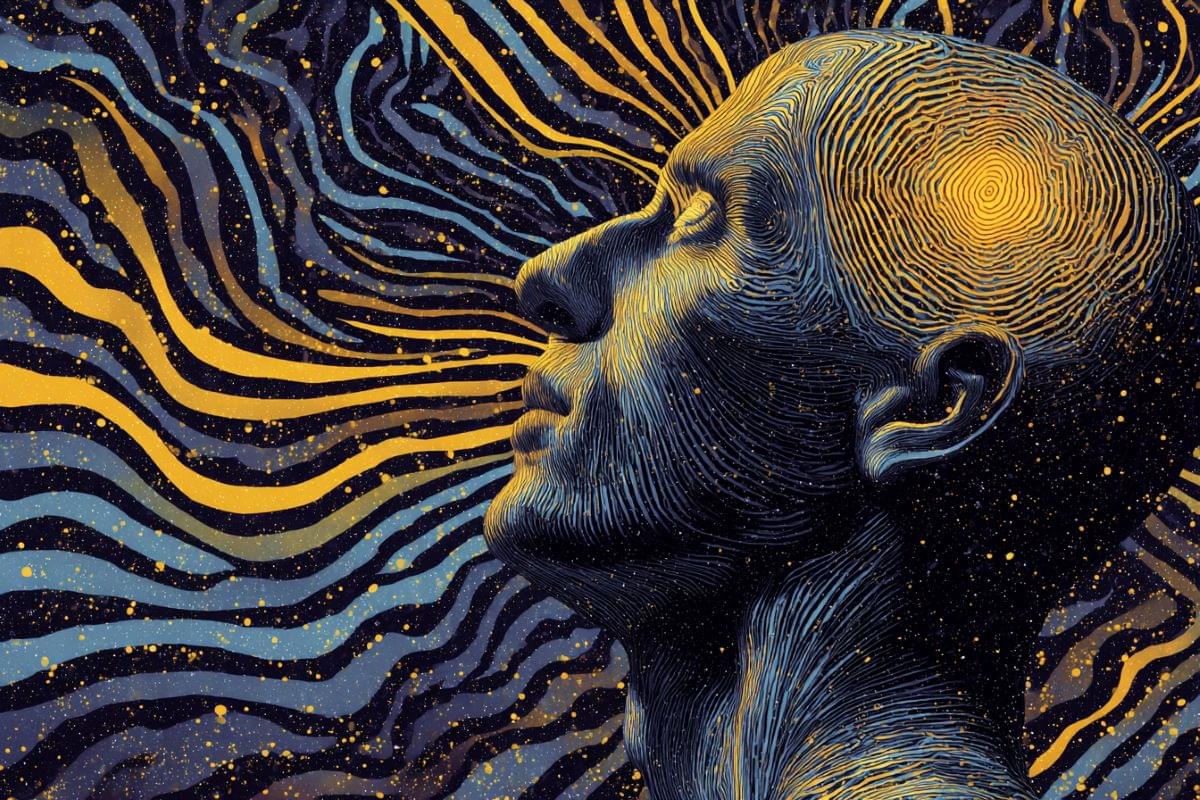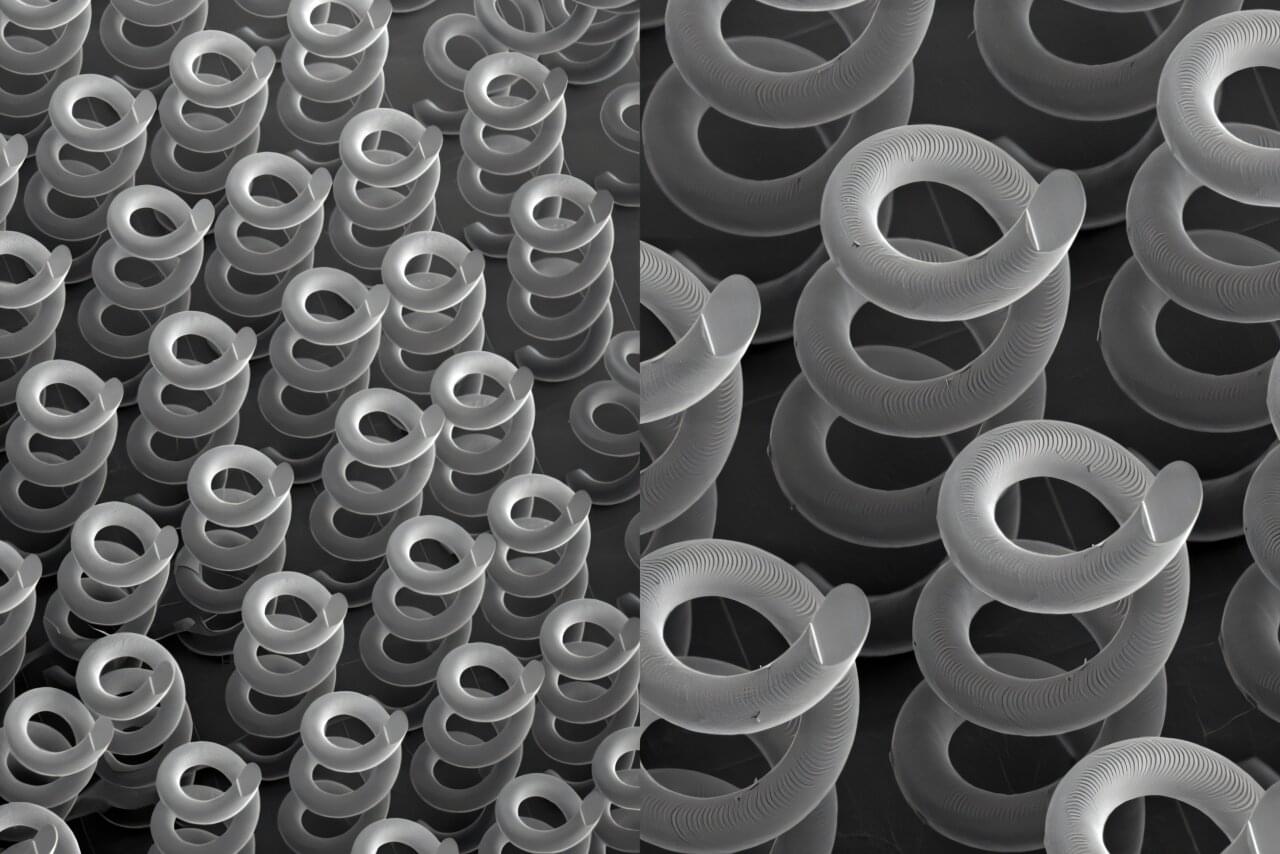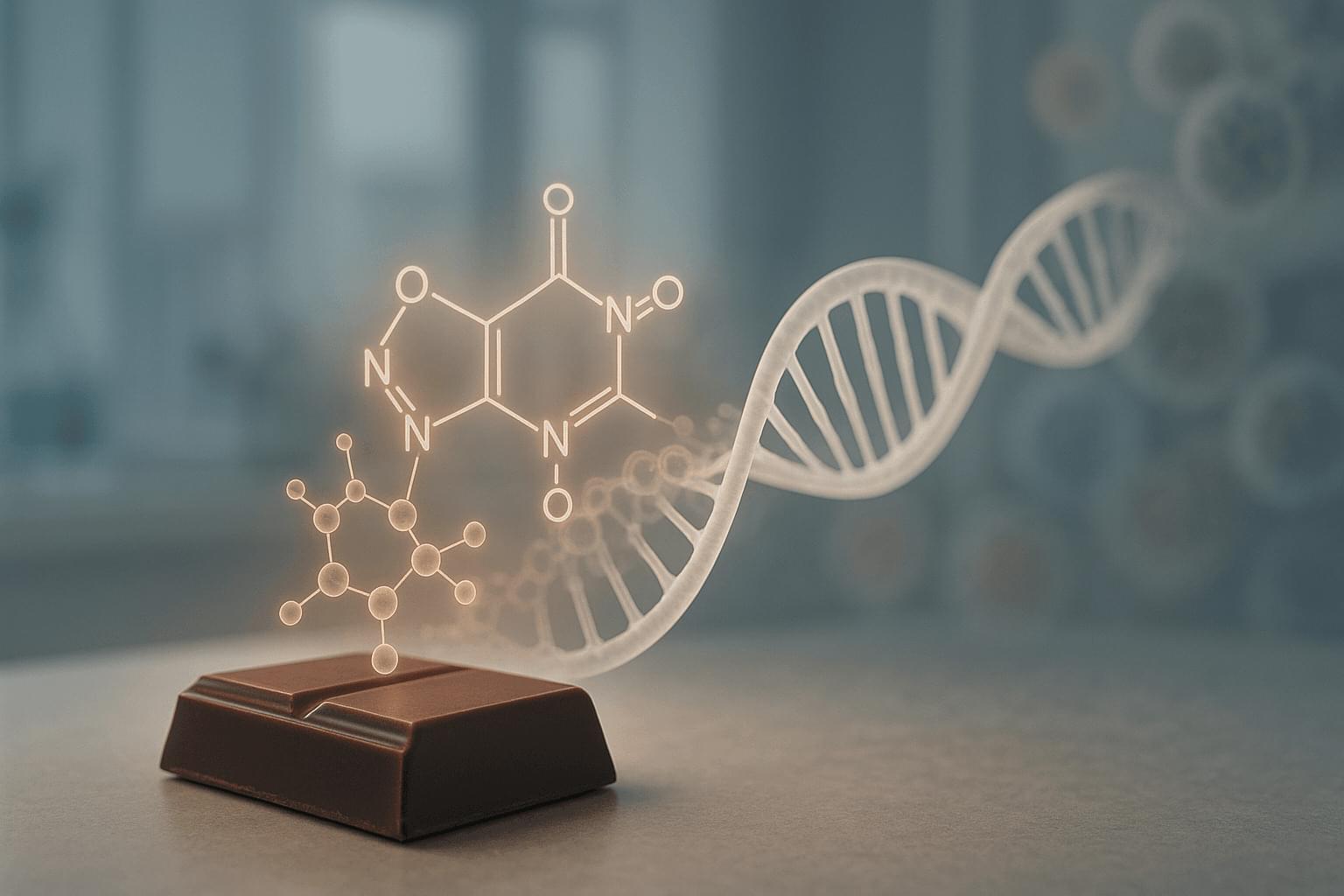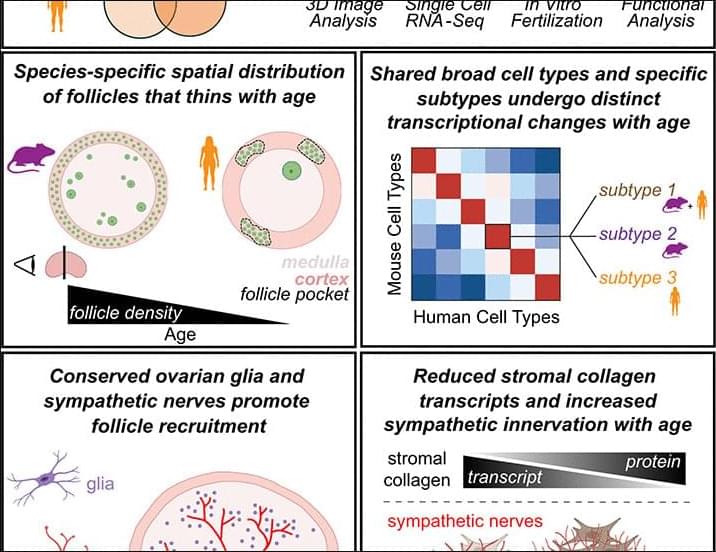Electrons determine everything: how chemical reactions unfold, how materials conduct electricity, how biological molecules transfer energy, and how quantum technologies operate. But electron dynamics happens on attosecond timescales—far too fast for conventional measurement tools.
Researchers have now generated a 19.2-attosecond soft X-ray pulse, which effectively creates a camera capable of capturing these elusive dynamics in real time with unprecedented detail, enabling the observation of processes never observed before. Dr. Fernando Ardana-Lamas, Dr. Seth L. Cousin, Juliette Lignieres, and ICREA Prof. Jens Biegert, at ICFO, has published this new record in Ultrafast Science. At just 19.2 attoseconds long, it is the shortest and brightest soft X-ray pulse ever produced, giving rise to the fastest “camera” in existence.
Flashes of light in the soft X-ray spectral range provide fingerprinting identification, allowing scientists to track how electrons reorganize around specific atoms during reactions or phase transitions. Generating an isolated pulse this short, required innovations in high-harmonic generation, advanced laser engineering, and attosecond metrology. Together, these developments allow researchers to observe electron dynamics, which define material properties, at their natural timescales.
